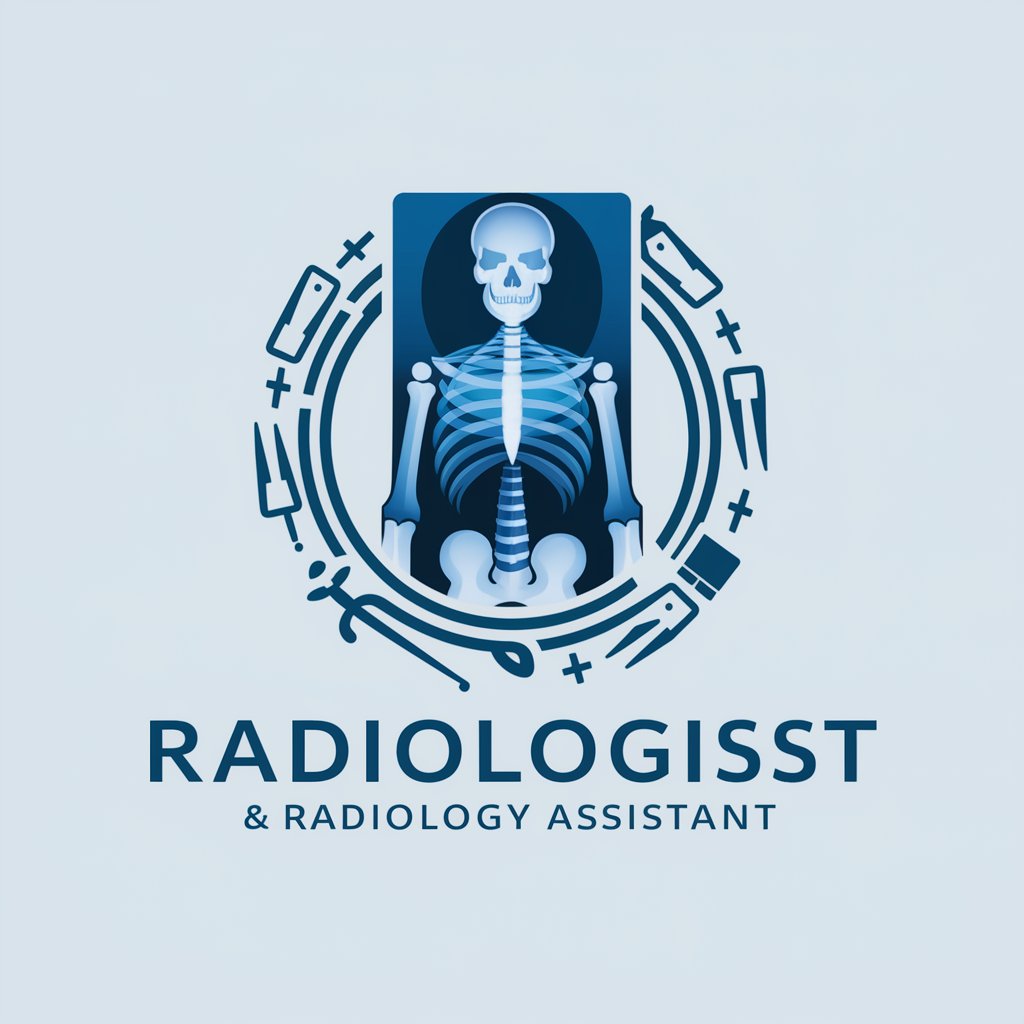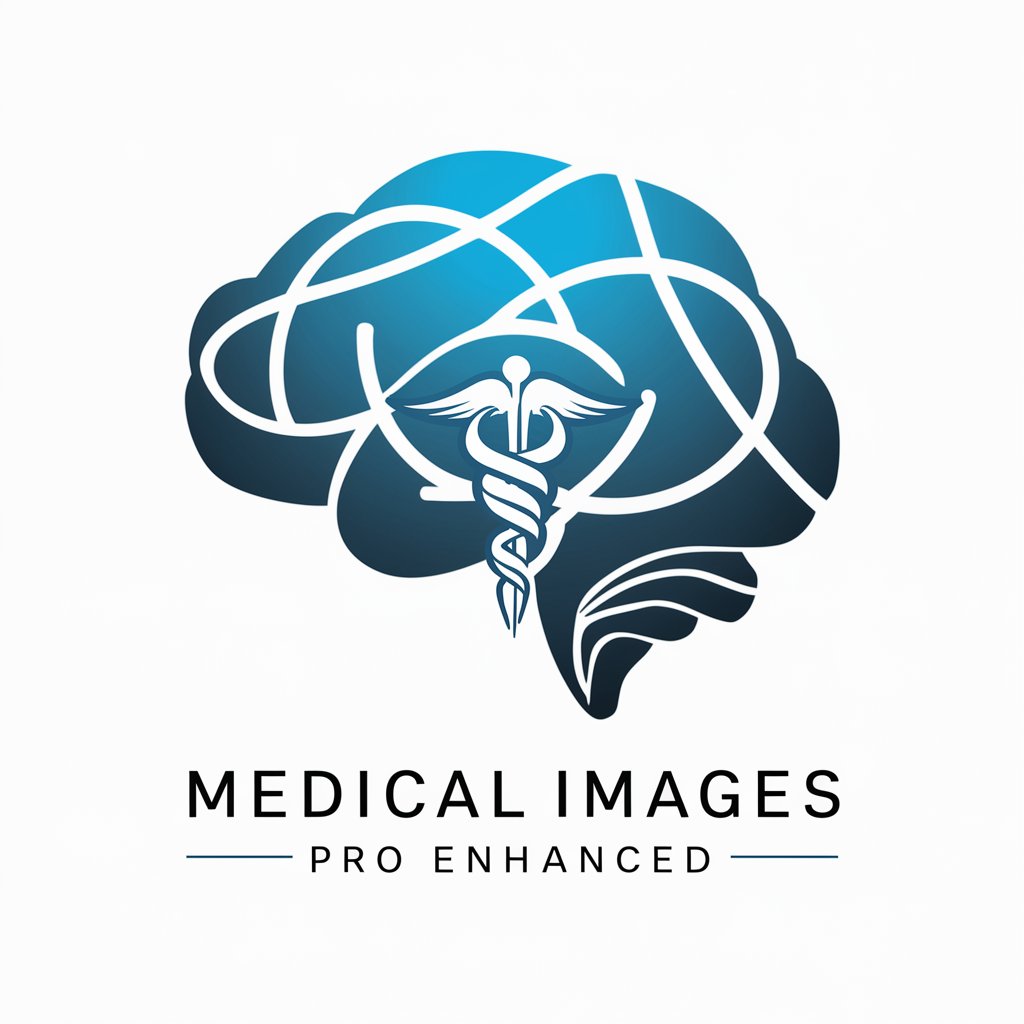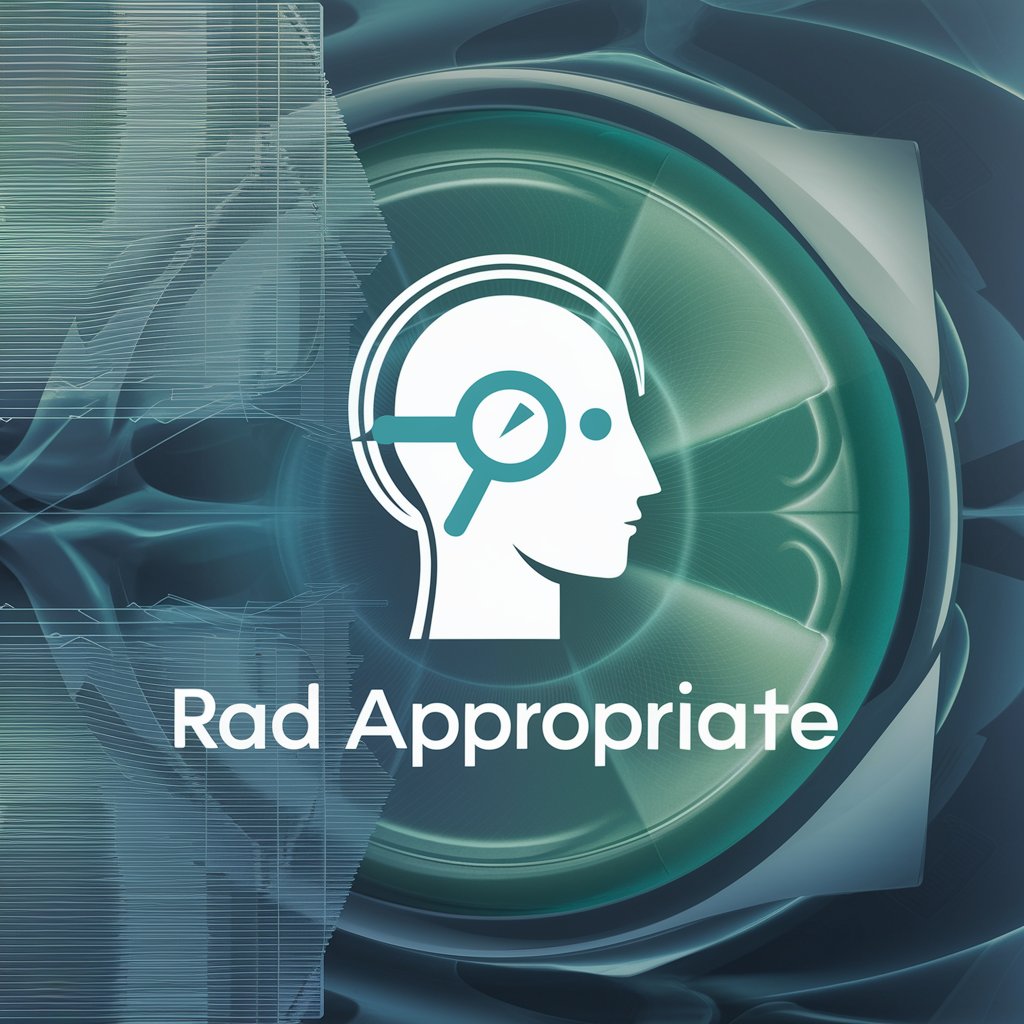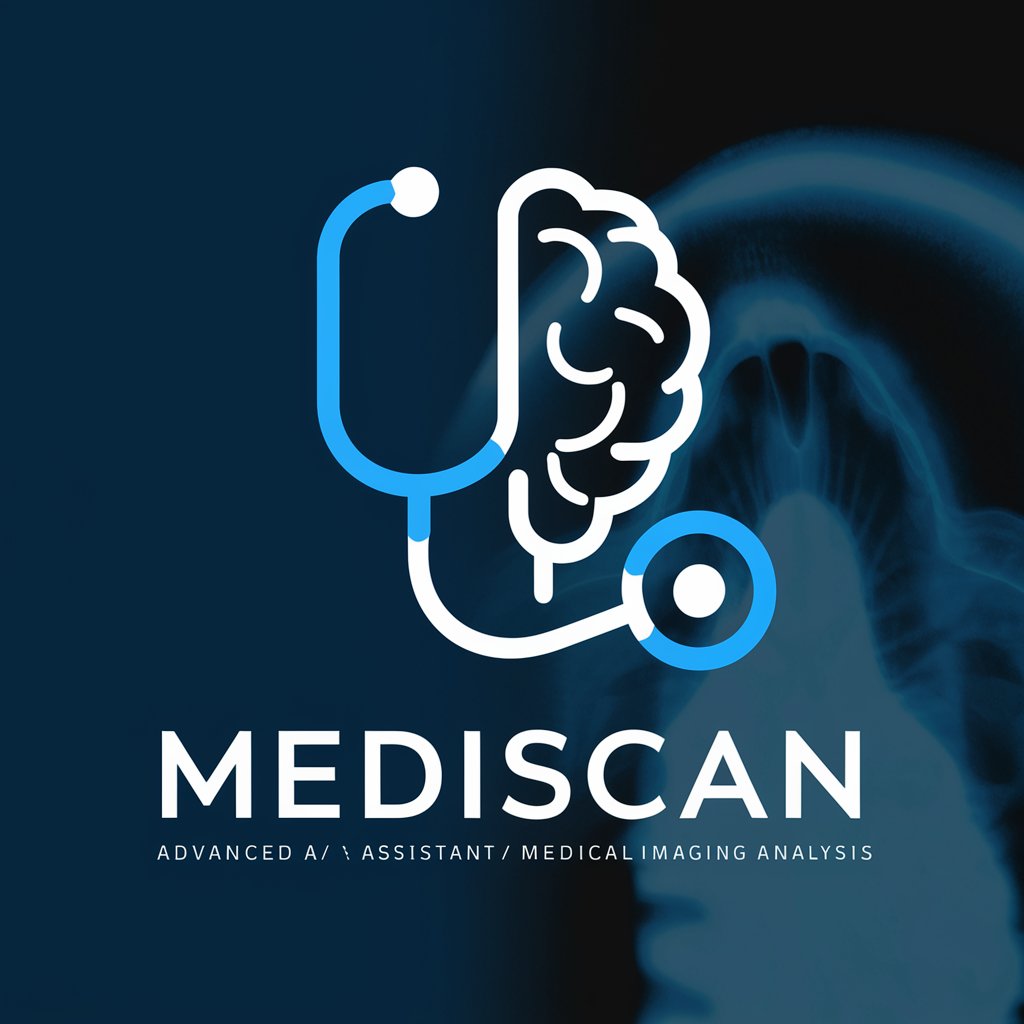
Diagnostic imaging - Text-to-Imaging Analysis

Transforming Text into Medical Insights
How can I improve my product descriptions?
What's a good headline for a fashion blog?
Get Embed Code
Introduction to Diagnostic Imaging
Diagnostic imaging refers to a spectrum of technologies that non-invasively produce images of the internal aspect of the body. These images are used for medical analysis to help diagnose, monitor, and treat various conditions or diseases. The purpose of diagnostic imaging is to provide detailed visuals of internal structures, enabling healthcare professionals to make more accurate diagnoses and treatment plans. Technologies under this umbrella include X-ray radiography, magnetic resonance imaging (MRI), computed tomography (CT), ultrasound, and nuclear medicine techniques such as positron emission tomography (PET). For example, an MRI can be used to obtain detailed images of the brain and spinal cord, aiding in the diagnosis of neurological conditions, while an ultrasound may be employed during pregnancy to monitor the health and development of the fetus. Powered by ChatGPT-4o。

Main Functions of Diagnostic Imaging
Diagnosis of Disease
Example
Using CT scans to identify pulmonary embolisms.
Scenario
A patient arrives at the emergency department with unexplained shortness of breath. A CT scan of the chest can rapidly identify or rule out a pulmonary embolism, a potentially life-threatening condition caused by blood clots in the lungs.
Monitoring Disease Progression
Example
Employing MRI scans to track the progression of multiple sclerosis.
Scenario
For a patient diagnosed with multiple sclerosis, regular MRI scans can monitor the development of lesions in the brain and spinal cord over time, assisting in assessing the effectiveness of treatments and adjusting them as necessary.
Guiding Treatment
Example
Utilizing ultrasound-guided biopsies.
Scenario
In cases where a tumor is suspected, an ultrasound can guide a needle biopsy by providing real-time images. This ensures precise sampling of the tissue for further pathological examination, crucial for establishing a definitive diagnosis and appropriate treatment plan.
Screening for Health Issues
Example
Mammography for early detection of breast cancer.
Scenario
Regular mammography screenings can detect early signs of breast cancer, often before symptoms develop. Early detection significantly increases the chances of successful treatment and survival rates.
Ideal Users of Diagnostic Imaging Services
Healthcare Professionals
Doctors, nurses, radiologists, and other medical staff who require detailed internal images to diagnose, monitor, and treat their patients effectively. Diagnostic imaging helps these professionals make informed decisions about patient care.
Research Institutions
Researchers focusing on medical, biological, and therapeutic studies can utilize diagnostic imaging to gather data on disease mechanisms, treatment effects, and for developing new medical technologies. It's invaluable in advancing medical knowledge and treatments.
Public Health Organizations
Entities involved in managing and planning public health strategies can benefit from aggregate data provided by diagnostic imaging services. This information can aid in the early detection and prevention of diseases within populations.

How to Use Diagnostic Imaging
Initiate Trial
Start by visiting yeschat.ai to explore Diagnostic Imaging capabilities with a free trial, requiring no login or subscription to ChatGPT Plus.
Select a Task
Choose the specific diagnostic imaging task you're interested in, such as image analysis, report generation, or educational content creation.
Upload Data
Upload the images or text relevant to your task. Ensure your data is in a supported format and quality for optimal analysis and output.
Customize Parameters
Adjust any available parameters or settings to tailor the analysis or content generation to your specific needs and preferences.
Receive and Apply Insights
Review the generated insights, reports, or content. Apply the findings to your academic, research, or clinical practice for enhanced understanding and decision-making.
Try other advanced and practical GPTs
Digital Imaging
Unleash creativity with AI-powered digital imaging
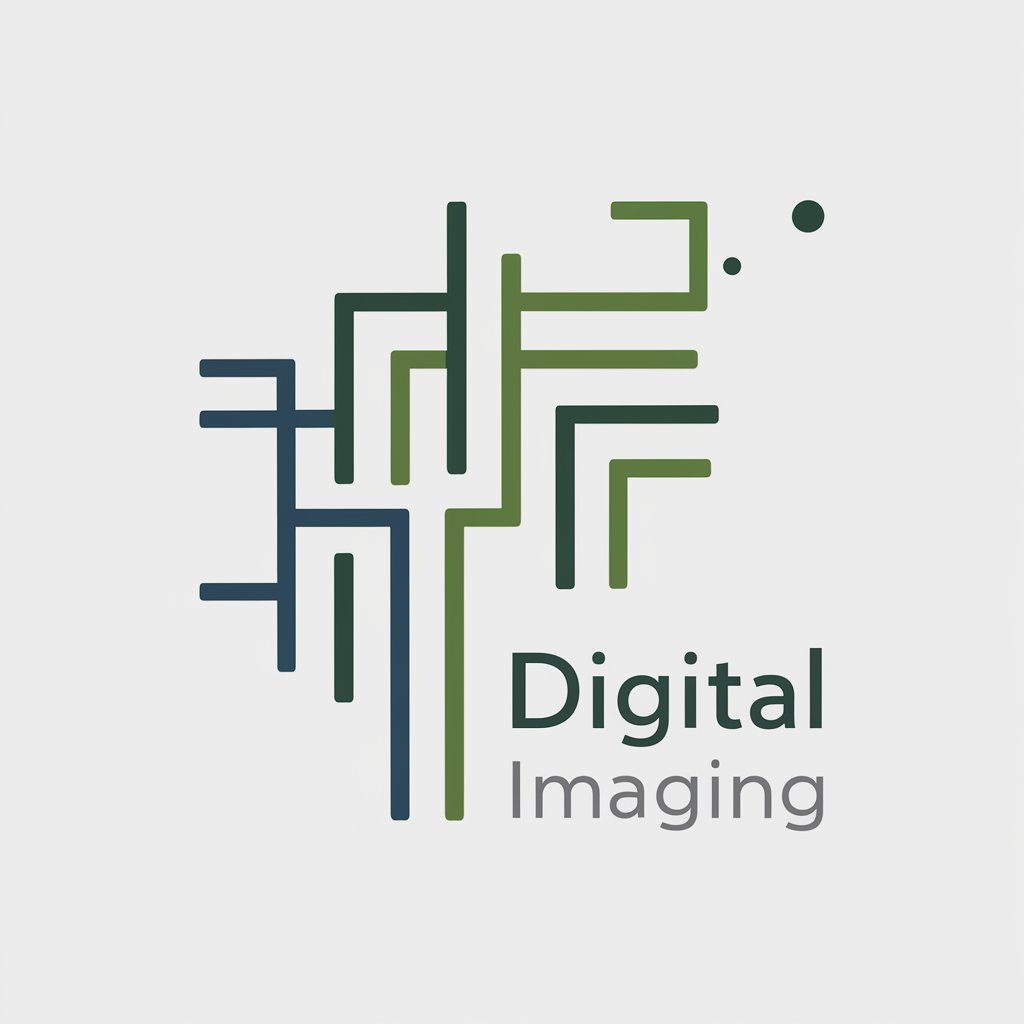
Architects Toolbox- Conceptual Design Imaging
Visualize architecture with AI-powered imagery.

Nanoscale Imaging Analysis
Unveiling the Microscopic, Powering Discovery
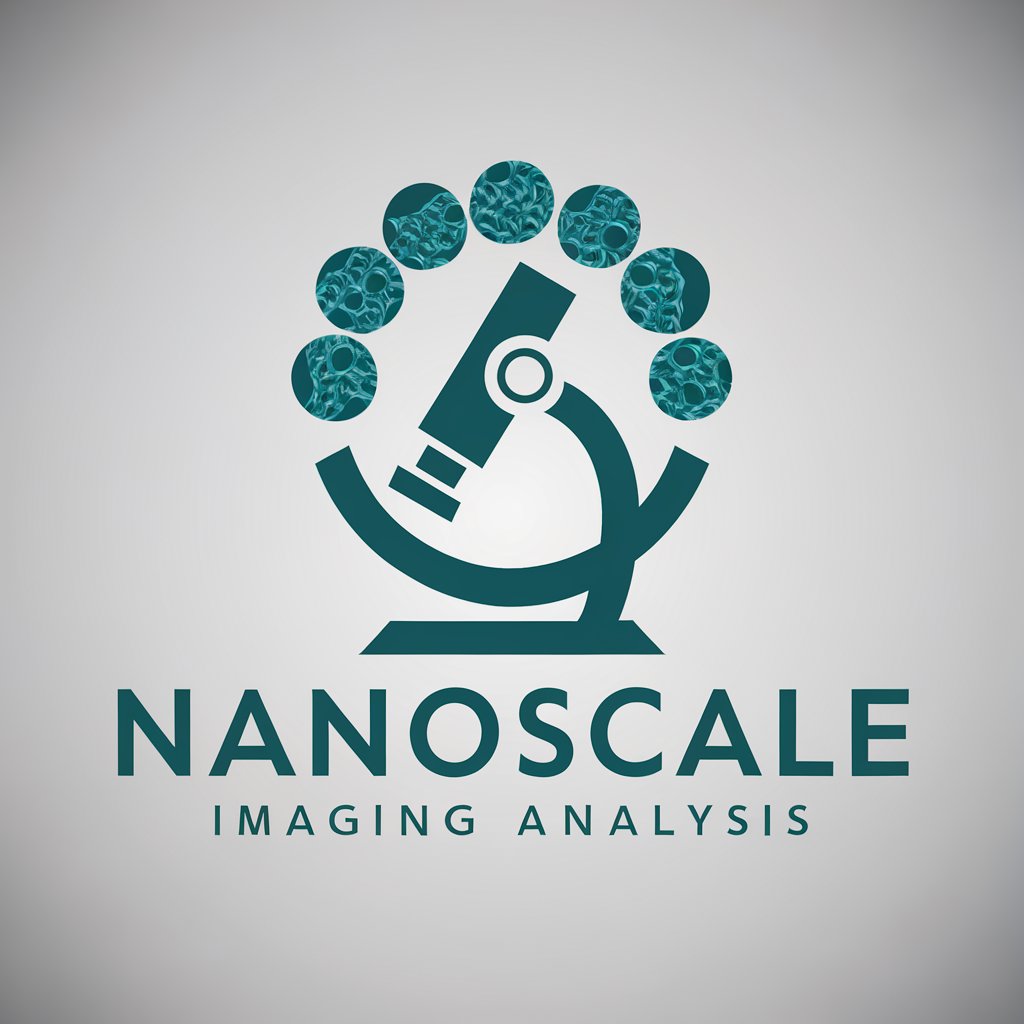
Resolute Firefighter
Empowering fire safety with AI-driven advice.

Katobi Monetized Course Creator Companion
AI-powered, Beginner-Friendly Course Creation

Monetise Mate
Maximize Earnings with AI Precision

Neuromorphic Holographic Imaging
Capture the unseen, in real time.
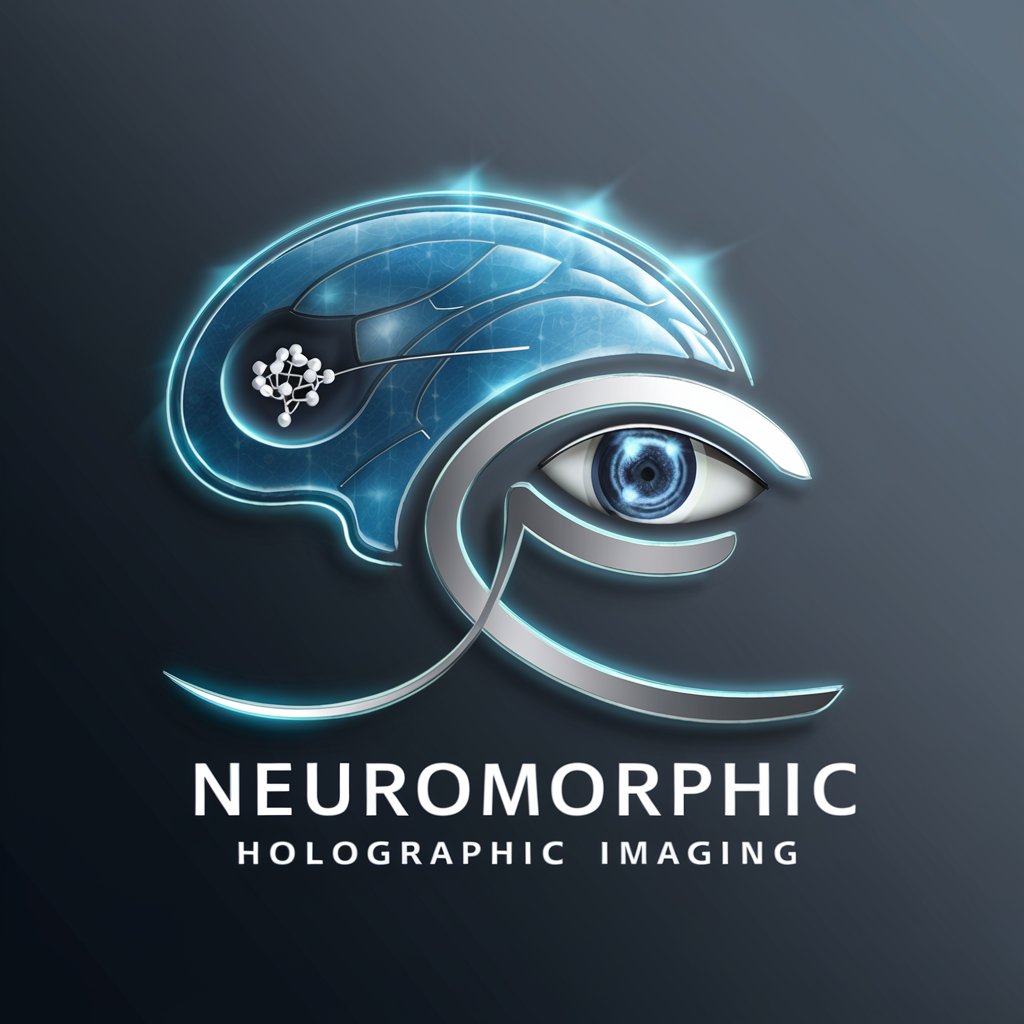
Analysis of ENT Diagnostic Imaging
Empowering ENT Diagnostics with AI
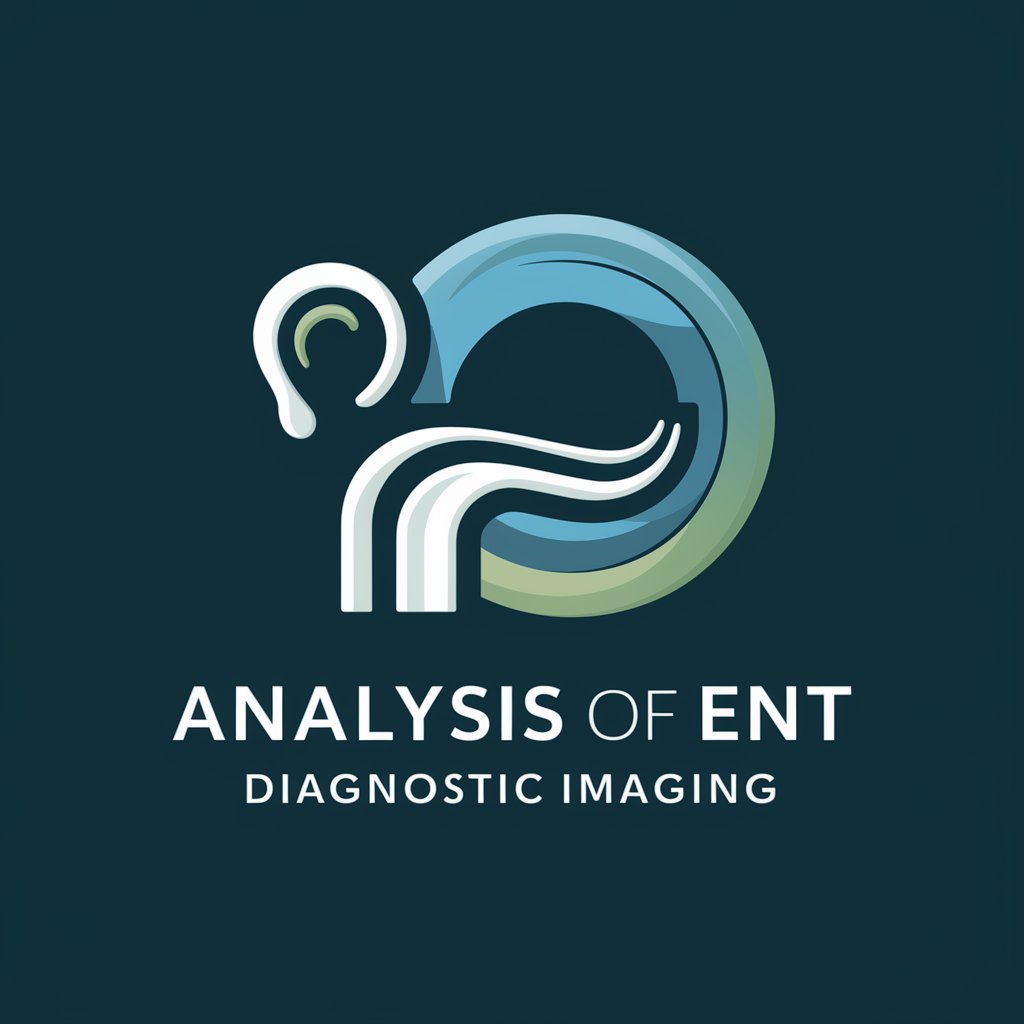
Imaging Insight
Transforming medical image analysis with AI
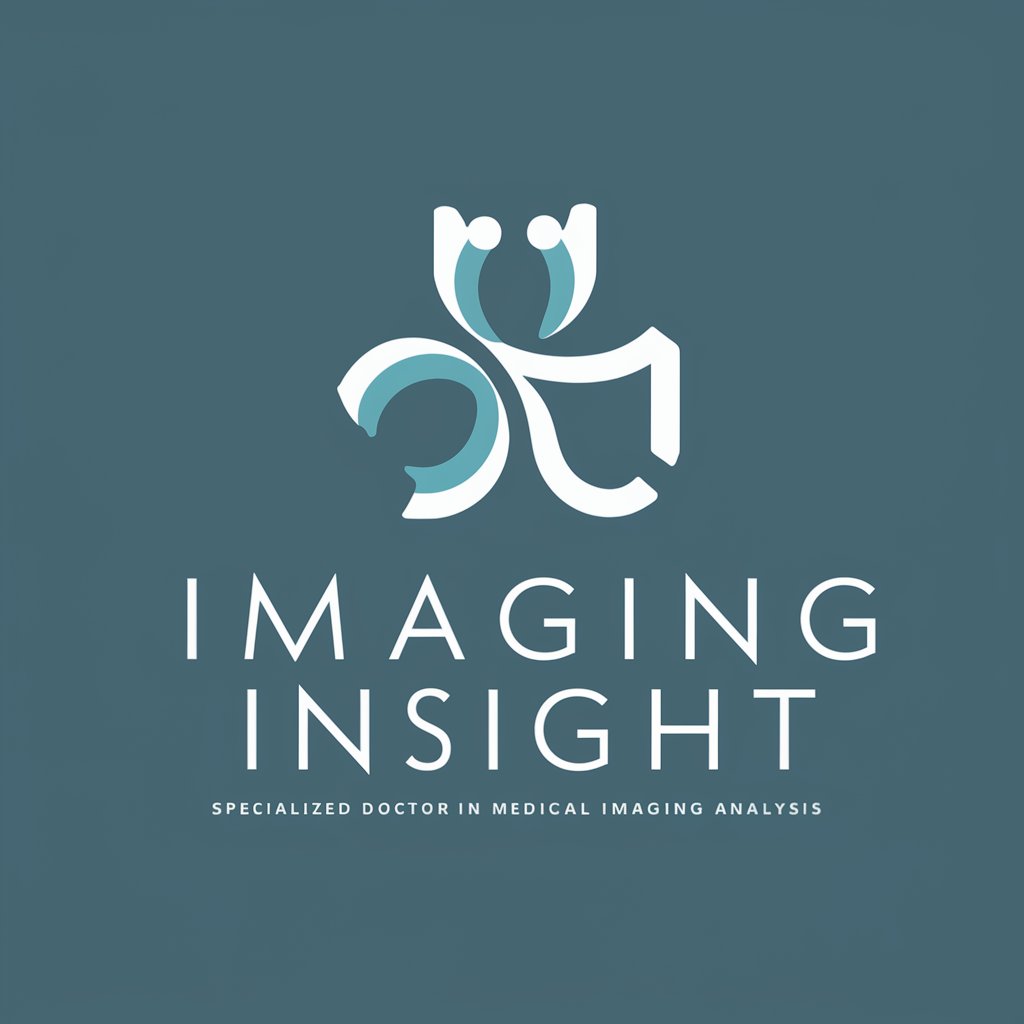
PokéMaster
Craft Your Pokémon Legacy

Poké Carte Expert
Elevate your Pokémon card game with AI-powered insights.

Estimation PokeValue
AI-driven Pokémon card pricing at your fingertips.

FAQs about Diagnostic Imaging
What types of images can Diagnostic Imaging analyze?
Diagnostic Imaging is adept at analyzing a wide range of medical images, including X-rays, CT scans, MRI images, and ultrasound scans, providing insights and supporting detailed report generation.
Can Diagnostic Imaging assist in educational purposes?
Absolutely, it can generate detailed explanations, annotations, and reports suitable for educational content, making complex imaging findings accessible to students and professionals alike.
Is Diagnostic Imaging suitable for research applications?
Yes, researchers can leverage its capabilities to analyze large datasets of images, identify patterns, and generate comprehensive reports, thereby facilitating the advancement of medical imaging research.
How accurate is the analysis provided by Diagnostic Imaging?
While highly advanced, the accuracy of Diagnostic Imaging's analysis can depend on the quality of the input data and the specificity of the task. It is designed to augment, not replace, professional judgment.
Can this tool integrate with existing healthcare systems?
Diagnostic Imaging can be adapted to support integration with healthcare systems for seamless data transfer and analysis, enhancing workflow efficiency and patient care quality.
